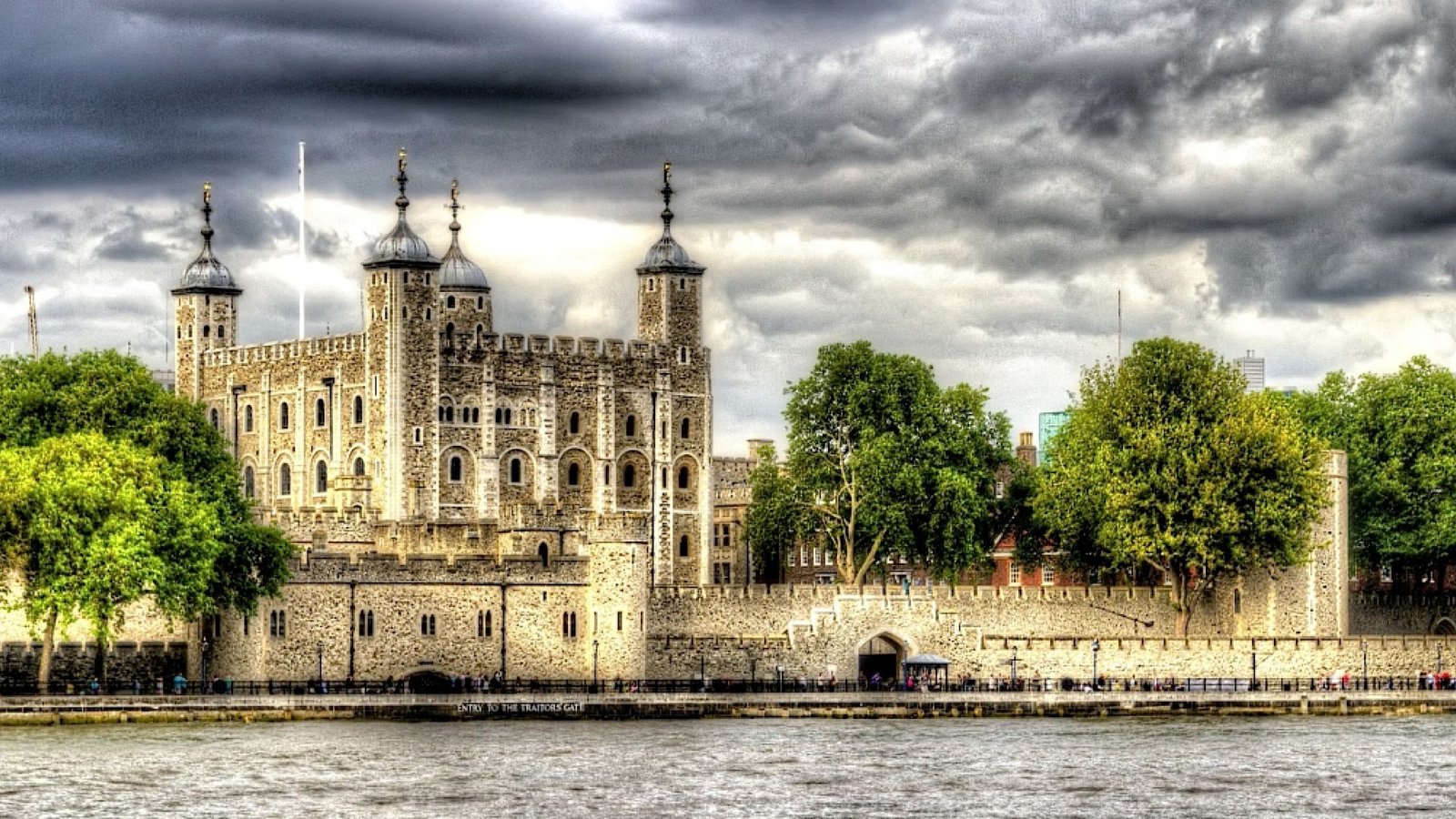

The Tower literally ‘towered’ over its surroundings until the 19th century. It had the dual role of providing protection for the City through its defensive structure and the provision of a garrison, and of also controlling the citizens by the same means. Sited strategically at a bend in the River Thames, it has been a crucial demarcation point between the power of the developing City of London, and the power of the monarchy. As the gateway to the capital, the Tower was in effect the gateway to the new Norman kingdom. The Tower of London has Outstanding Universal Value for the following cultural qualities:įor both protection and control of the City of London, it has a landmark siting. It has been the setting for key historical events in European history, including the execution of three English queens. It also fostered the development of several of England’s major State institutions, incorporating such fundamental roles as the nation’s defence, its record-keeping and its coinage. A rare survival of a continuously developing ensemble of royal buildings, from the 11th to 16th centuries, the Tower of London has become one of the symbols of royalty. It is the most complete example of an 11th century fortress palace remaining in Europe. William the Conqueror built the White Tower in 1066 as a demonstration of Norman power, siting it strategically on the River Thames to act as both fortress and gateway to the capital.

250-262", Danes in Wessex The Scandinavian Impact on Southern England, c.800–c.The Tower of London is an internationally famous monument and one of England’s most iconic structures. "Some Reflections on Danes in Wessex Today, pp. "Jessica Jones: Gender and the Marvel Phenomenon", Jessica Jones, Scarred Superhero: Essays on gender, Trauma and Addiction in the Netflix Series, 2018 "Motherhood in Vikings", Vikings and The Vikings: essays on Television's History Channel Series, 2019 She is also the host of several podcasts (Nu History, ManaBurnt & Tour Guide Central). She is also de CEO at Travelusion Tours, a tour guiding company that specialises in affordable and accessible guided tours in the UK and Europe. She used to be the director for Revista Medieval and the image editor at the Royal Studies Journal and has contributed to other publications as an ad hoc copyeditor. Her academic work has also taken her to the world of publishing and editorial work. She is an educator and has worked at the University of Winchester teaching the Golden Age of Spain as well as working on different research projects.

She specialises in medievalism, the Vikings, popular culture, and cultural identity. Lillian Cespedes Gonzalez is a historian and published author.

Therefore, it has only been worn by women such as Queen Alexandra in the 19th century or the Queen Mother.ĭr. The Koh-i-Nûr, meaning “Mountain of Light” in Persian, was discovered in the Indian subcontinent in the middle ages.Īccording to William Dalrymple and Anita Anand, a dark legend tainted its fate: the diamond is supposed to be bad luck for men. My favorite piece in this collection is one of the most coveted jewels in the world and it represents the might of the old British Empire. Nonetheless, when Charles II became king after the death of Cromwell, he commissioned the new royal ceremonial regalia of the kings and queens of England. This was an attempt to erase all traces of the monarchy. Leslie Field explains the original pieces were actually destroyed, sold, or melted during the rule of Oliver Cromwell. However, this is the collection kept to date since the restoration of the monarchy in the 17th century. These are not the original jewels of the kings and queens of England. Royal Regalia | Oliver Cromwell | Koh-i-Nûrįinally, the moment you’ve all been waiting for! The crown jewels have been kept in the Tower of London for over 600 years.


 0 kommentar(er)
0 kommentar(er)
